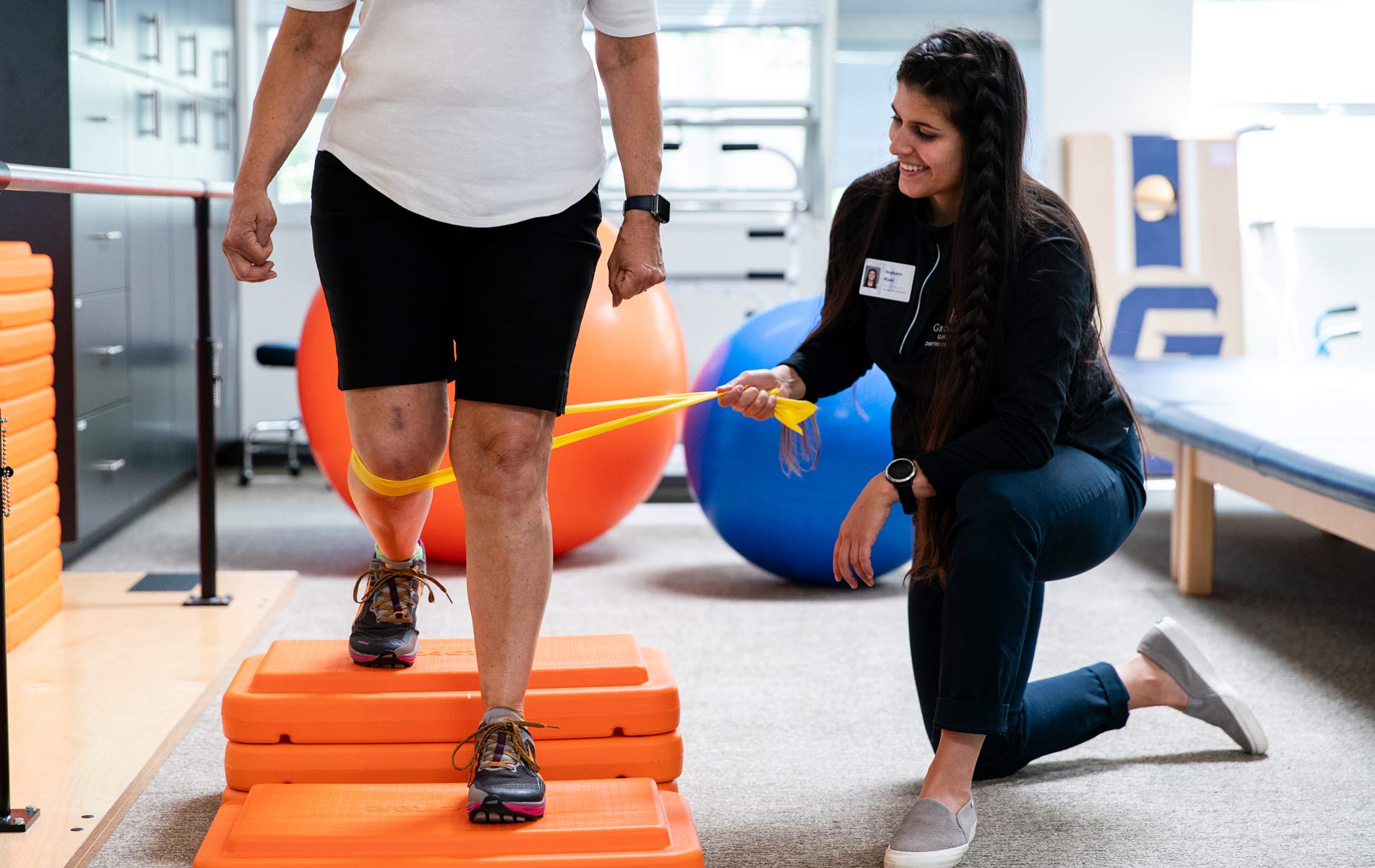Elevating a principle of ergonomics is essential for designing office setups that advance comfort and operational efficiency. Ergonomics is the science of tailoring work environments, tools, and responsibilities to accommodate the capabilities of workers. By focusing on how individuals engage with their physical environment, businesses can minimize strain and avoid musculoskeletal problems. An ergonomic workspace encourages fluid movement and lessens strain, which can result in improved effectiveness and satisfaction among team members.
One foundational element of ergonomics is the organization of furniture and tools. Work surfaces should be at a position that allows workers to work with their elbows at a 90-degree angle while keyboarding. Chairs should provide adequate support for the lower back, encouraging good posture. Additionally, screens should be mounted at visual height to avoid upper-body stress. By confirming that these factors are properly adjusted, employees can maintain a neutral position throughout their tasks, decreasing fatigue and improving focus.

Another critical factor in an well-designed workspace is the use of supportive devices and hardware. This includes input devices, pointing devices, and other devices designed to minimize repetitive strain injuries. For instance, using an ergonomic keyboard can help minimize wrist pain caused by long-term typing. Furthermore, modular seating systems and top article convertible desks empower employees to alternate their position throughout the day, which can ease discomfort and boost physical endurance. Implementing industry-grade ergonomic solutions can result in healthier work habits and higher productivity rates.
Visual conditions is also a core aspect in workspace ergonomics. Proper lighting can reduce ocular stress and support staff to concentrate on their tasks. Natural light is preferable, but if that is not accessible, using customizable artificial lighting can help create a inviting atmosphere. It is advisable to avoid harsh fluorescent lights that may induce headaches or fatigue. By incorporating ergonomic lighting, organizations can create an environment that advances both visual look at more info ergonomics and output.
In closing, promoting scheduled breaks is imperative for sustaining an healthy workspace. Motivating workers to take short breaks can assist relieve physical tension and mental fatigue. During these breaks, personnel should be advised to stretch or change location to stimulate circulation. Integrating routine break times can help create a structure that prioritizes human performance without compromising productivity. In summary, applying ergonomics in the workplace not only improves well-being but also fosters a more engaged work culture where team members can thrive.
Comments on “Refining a Art of Workplace Design to Enhance Ease and Performance in Workspaces”